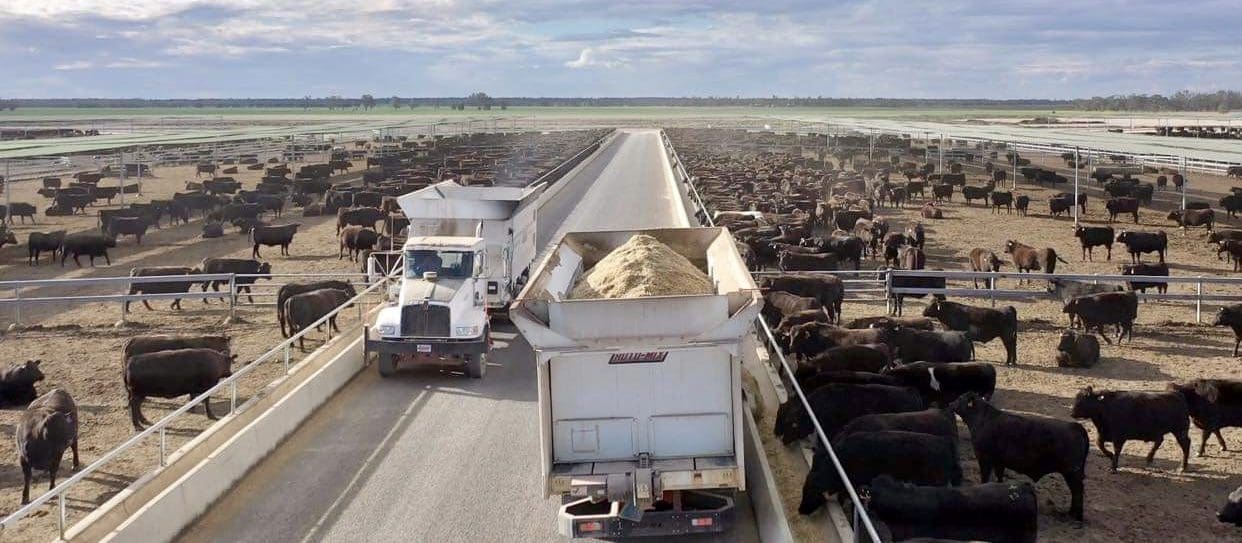
Feed-out to wagyu cattle in new pens at Lillyvale feedlot near Condamine
FEEDLOT expansion in Australia tends to happen in cycles, and there’s another wave of capacity increase occurring at the moment – driven to a considerable extent by Wagyu cattle longfeeding operations.
As the Australian feedlot industry gathers for its biennial BeefEX industry conference starting tomorrow, the momentum in the grainfed industry is clearly evident.
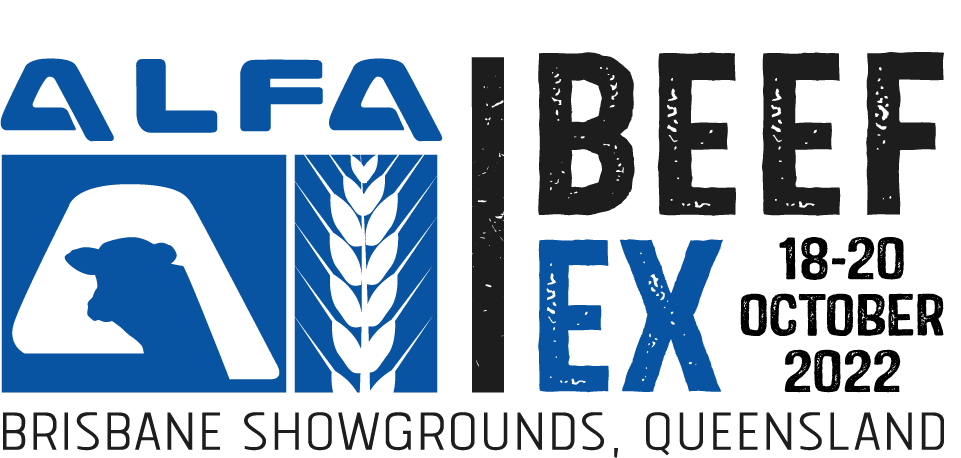 More that 600 delegates from across Australia are lined-up to attend this year’s conference, and around 70 commercial trade exhibits will be on show – many aligned with infrastructure expansion.
More that 600 delegates from across Australia are lined-up to attend this year’s conference, and around 70 commercial trade exhibits will be on show – many aligned with infrastructure expansion.
Almost all of the industry’s feeding capacity expansion (currently sitting at 1.472 million head) is being driven by extensions to existing commercial feedlots, rather than new sites.
And the Wagyu sector is a big part of that. The Australian Wagyu Association estimates that around 30 percent of feedlot capacity across the country is currently occupied by Wagyu cattle – ranging from 380-400 day programs on F1s to 450-500 days on Fullbloods.
“We estimate there is more than 300,000 Wagyu cattle on feed now, for processing next year – up from around 260,000 last year,” AWA chief executive Matt McDonagh said.
“That’s a 15pc increase in just 12 months, and continues a longer-term trend, driven by global marbled beef demand.”
Typical of the momentum being seen in feedlot expansion currently is the Morgan family’s Lillyvale feedlot near Condamine, on Queensland’s western Darling Downs.
Principal Laird Morgan said the rapid expansion in Wagyu feeding operations at his yard has seen days-on-feed blow-out, exponentially, in recent times.
“Five years ago, we were probably 70 percent domestic feeding programs (60-70 days), and 30pc 100-day cattle, and feeding no Wagyu at all. It meant our average time spent on feed was around 87 days,” he said.
“Today, 80 percent of our fed cattle are Wagyu, being fed 400 days for the F1s and 500 days for the Fullbloods. I’d guess our average days-on-feed across the yard is now around 380 days,” he said.
One of the true pioneer feedlots in Australia, Lillyvale was built in the early 1970s by the late Uen Morgan, Laird’s father. Today the business is owned and operated by Laird and wife Sonia, and their family.
The yard’s original capacity was 12,000 Standard Cattle Units, but because it originally fed mostly domestic trade cattle, turnover was up to 48,000 head per year.
The yard has recently completed its second phase of expansion, lifting from 12,000 head to 26,500SCU currently, with the expectation this will expand further once odour modelling work is completed.
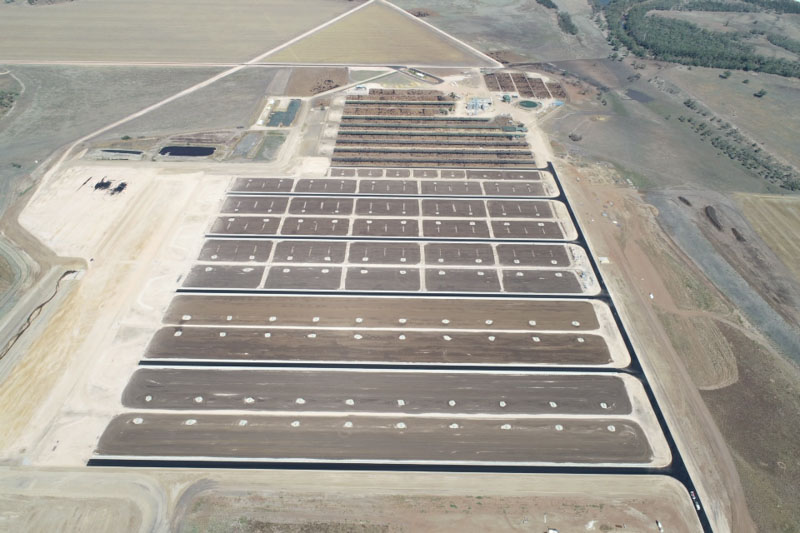
Construction work underway at Lillyvale. Click on image to enlarge
Except for a couple of long-term custom feeding clients feeding other cattle, about 90 percent of the expanded feeding capacity at Lillyvale is being filled with Wagyu cattle. Around 80pc of those will be owned by Arubial Pty Ltd (Lillyvale’s parent company) and the balance custom-fed. Ninety percent are F1s, with the balance Fullbloods.
As part of the current transition, Lillyvale has recently ended its Woolworths supply agreement for grainfed supermarket cattle – a program that has been a ‘backbone’ of the business’s feeding programs for the past 33 years. In fact Lillyvale was among the oldest Woolworths contract-holders in Queensland.
“The primary reason is the difference in profitability between domestic feeding and longfed Wagyu,” Laird Morgan said.
“In our example, we don’t breed ourselves, meaning we have to buy-in all of the feeder cattle and all of the grain. We’ve been unable to make the domestic supermarket feeding sums add up for a while now.”
“The other advantage with the Wagyu is lower stock turnover. Once they are in the yard and on feed, they only turn over every 400 days. It means we don’t need to find the same number of feeder cattle that we once did, when feeding supermarket steers and heifers.”
“With that comes a lot of benefits. Not having to process and induct cattle so often means we can operate at the same capacity, but with less labour. In our case, the first 30 days happens only once every 400 days, instead of every 80 or 90 days.”
“It means we’re running the yard with more than double the original capacity, with only 30 percent more labour.”
Major water project
As with any feedlot development plan, adequate, reliable and good quality water is an absolute pre-requisite for growth.
Lillyvale’s solution was to undertake an incredibly ambitious bore drilling project, tapping into the Precipice artesian reserve under an Intensive Water license.
What eventuated was the deepest agricultural bore drilled anywhere in the southern hemisphere – some 2100 metres (6885 feet) deep. Originally, the expectation was that good water might be found at around 1300 metres, but the decision was made to press on, and on, as it turned out, to seek better supply.
The final cost, at the time the bore was sunk, was an incredible $1.7 million – but that investment has provided the platform for the major feedlot expansion seen today.
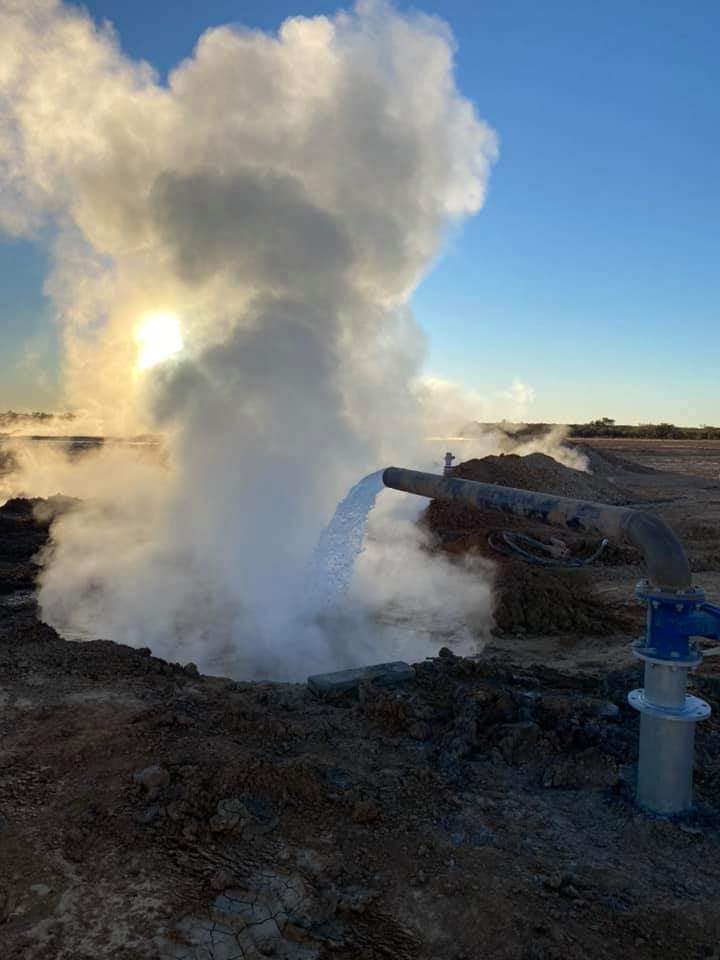 As this image shows (click to enlarge), the water came out of the ground at 87 degrees C, but it is good quality potable water for livestock use. Flow rates would be big enough to support the entire town of Roma with water supply. Decisions are yet to be made about whether ponds or underground pipes are used for the cooling process before use.
As this image shows (click to enlarge), the water came out of the ground at 87 degrees C, but it is good quality potable water for livestock use. Flow rates would be big enough to support the entire town of Roma with water supply. Decisions are yet to be made about whether ponds or underground pipes are used for the cooling process before use.
The most recent stage two of the Lillyvale expansion project carried out by RSA Contractors saw 550,000 cubic metres of earth shifted, 100,000 cu m of gravel brought in, 5.5km of new concrete bunks and aprons poured, 38km of cattle rail laid, 18km of shade erected, plus excavation of drainage and effluent and evaporation ponds, water troughs, concrete structures for grain silos, and more.
While feedlots like Lillyvale can apply a stocking density of 12sm m/head, it allows 15sq m/head for Wagyu, because as Laird said, “that’s what extremely large Wagyu need for optimum performance.”
Supply relationships
The transition from domestic-oriented feeding to Wagyu has meant that the Morgans have had to go into the market to establish a new network of feeder cattle suppliers.
“We’ve been lucky in that Matt Edwards (Wagyu live exporter, from Edwards Livestock – separate story to come from the recent AWA Japan Wagyu tour), is a relation, and he already had good networks with Wagyu breeders. We’ve been able to tap into that, initially taking the sisters of the steers sent for live export, and expanding from there,” Mr Morgan said.
The new pens at Lillyvale had virtually been filled with Wagyu feeders “as the welding finished on the last gate hinge,” he said.
He said that among the cohort of feedlot operators in Queensland he mixed with, virtually all had embraced more Wagyu operations in recent times – if at varying percentages.
“Some years ago, there was a small bunch of specialist Wagyu cattle feeders in the industry. Now it is much more widespread,” he said.
“That’s partly because there are a lot more Wagyu branded beef programs being done – but on top of that, the older, existing Wagyu brand programs are all wanting to double in size, and are looking for more pen space and cattle to supply their programs.”
“But the biggest challenge at the moment remains supply. If we could find the (right) cattle, we’d expand our numbers even further on both Fullbloods and F1s.”
Shedding prospect?
Participants on this month’s AWA 2022 Japan Wagyu tour were told by several Japanese lotfeeders about the marbling performance advantage being achieved through shedding, rather than open pens.
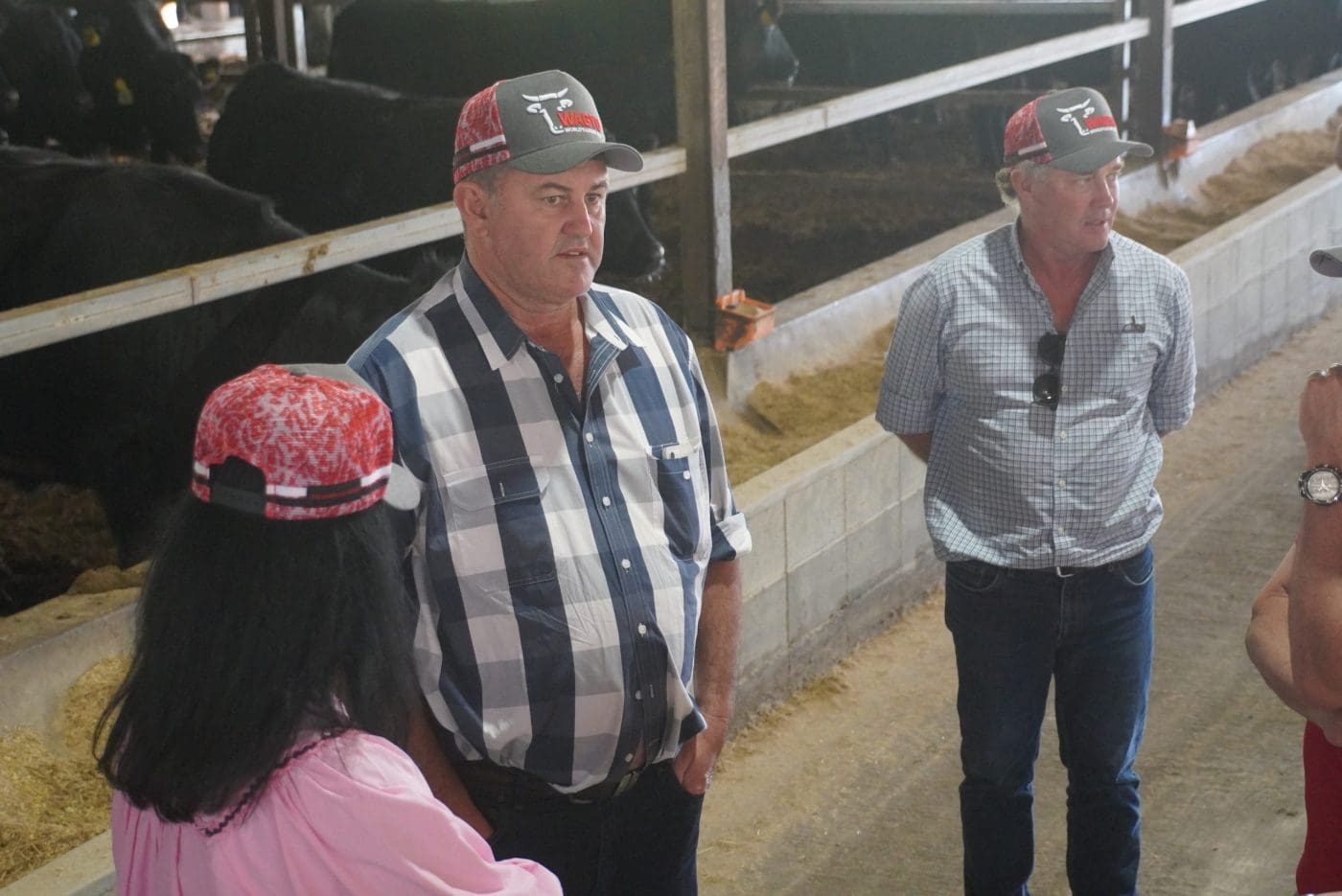
Lillyvale’s Laird and Sonia Morgan (away from camera), with Goondiwindi Wagyu producer Hamish McIntyre during a feedlot visit as part of this month’s AWA Japan Wagyu tour
“It’s of interest to us, now that we are moving more heavily into Wagyu, I’ll admit,” Laird Morgan said, having just returned from the tour.
“One of the reasons we have not started a shedding project yet is that the Department (DAF) has not yet finalised what the stocking density limit under a shed will be. Those who have already built shed cover do not really have any security yet over whether it is the right sized shed.”
“If we are going to invest in expensive shedding infrastructure, we want to be able to do it in the most efficient way possible, aligning pen sizes with the number of cattle we want.”
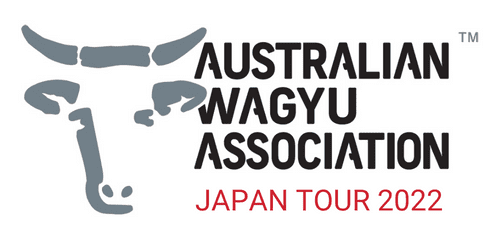 “But we’ve certainly looked at it. Our preference is for dairy style sheds, with fans and misters, but designs may change, depending on run-off water and other factors. In our case, we will want to run sheds east/west for sunlight reasons, rather than north/south, as used in open pens.”
“But we’ve certainly looked at it. Our preference is for dairy style sheds, with fans and misters, but designs may change, depending on run-off water and other factors. In our case, we will want to run sheds east/west for sunlight reasons, rather than north/south, as used in open pens.”
- The Australian Wagyu Association is one of almost 70 trade exhibitors with stands at BeefEX in Brisbane, starting tomorrow.

Very interesting to see how the wagyu exploitations are moving ahead along the time. Wagyu beef quality of all the wagyu breeds are getting their market sites along the world. Colombia is ready to support international projects from LATAM, we listen suggestions.